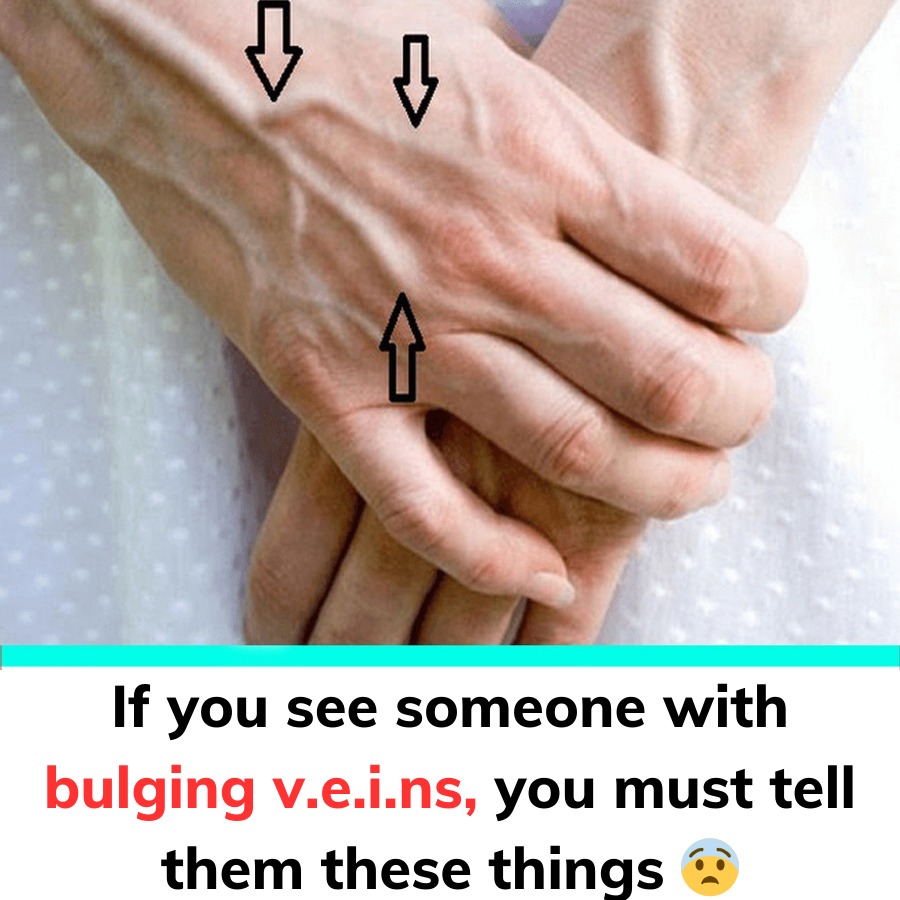The appearance of blue veins on the hands can be unsettling, especially when they seem more pronounced than usual. These veins, part of the superficial venous system located just beneath the skin, can become more visible due to various factors. While they are often harmless, in some cases, they may signal underlying health conditions. Understanding their causes and knowing when to seek treatment can help you manage this condition effectively.

Causes of Blue Veins on Hands
Blue veins on the hands can result from natural causes or underlying medical conditions. Here’s a closer look at both.
Natural Causes
- Skin Color and Thickness
Individuals with fair or pale skin are more likely to see their veins because lighter skin makes veins more visible. Thin skin, which is common among older adults, also contributes to this condition. As the layer of fat beneath the skin becomes thinner with age, veins become more prominent. - Low Body Fat
People who are very thin often have visible veins on their hands. Without sufficient fat to cover the veins, they appear more prominent and numerous. This is a common and generally harmless cause of visible veins. - Physical Activity
Athletes and individuals who perform heavy labor may notice that their veins become more visible during or after intense physical activity. This happens because the blood vessels expand to accommodate increased blood flow, and muscles swell, pushing the veins closer to the skin’s surface. These veins usually return to normal after the activity ceases. - Pregnancy
During pregnancy, the body undergoes significant changes, including an increase in blood volume to support the growing fetus. This added strain on the venous system often makes veins more visible, particularly on the hands and other parts of the body.
Pathological Causes
In some cases, visible veins on the hands may indicate a medical condition such as varicose veins. Varicose veins occur when the veins become enlarged, twisted, or overfilled with blood due to faulty valves. While this condition is more common in the legs, it can also affect the hands.
The most noticeable symptom of varicose veins in the hands is the presence of large, zigzagging veins that are more pronounced than normal. In the early stages, varicose veins in the hands may cause little to no discomfort. However, as the condition progresses, you might experience dull, tense, or transient pain in the affected area. Without treatment, complications such as pulmonary embolism, thrombosis, myocardial infarction, or stroke can arise.
How to Manage and Treat Blue Veins on Hands
The treatment for visible veins depends on their underlying cause. If the condition is due to varicose veins, medical intervention may be necessary. Below are some common ways to address this issue.
Lifestyle Changes for Mild Cases
For individuals with mild cases, simple lifestyle adjustments can help improve the condition:
- Exercise Regularly: Physical activity improves circulation and prevents blood from pooling in the veins. Activities like walking or swimming can be particularly beneficial.
- Compression Stockings: Wearing medical compression stockings can provide gentle pressure to support proper blood flow and reduce vein prominence.
- Healthy Diet: A diet rich in fiber and low in salt can help prevent swelling and improve overall vascular health.
Medical Treatments for Severe Cases
If lifestyle changes aren’t enough, medical treatments may be necessary:
- Sclerotherapy
This minimally invasive procedure involves injecting a solution into the veins, causing them to collapse and eventually fade. While effective, the condition may recur over time. - Laser or Radiofrequency Ablation
These procedures use heat energy to seal off varicose veins, redirecting blood flow to healthier veins. They are quick and effective but may not provide a permanent solution. - Surgical Options
For severe cases, surgical methods like Muller or Stripping surgery may be performed to remove the affected veins. These procedures are often recommended for patients with complications like skin ulcers or chronic pain. However, like other treatments, they may not prevent recurrence.
When to See a Doctor
If you notice symptoms such as pain, swelling, or discoloration in areas with visible veins, it’s important to consult a doctor. Early diagnosis can help prevent complications and ensure effective treatment. Keep an eye out for changes in the size, shape, or texture of your veins, as these could indicate a more serious problem.
Conclusion
Blue veins on the hands are often caused by natural factors like skin tone, low body fat, or physical activity. While they are usually harmless, they can sometimes signal underlying conditions like varicose veins. Understanding the causes and available treatments can help you manage this condition effectively. If you’re ever in doubt or notice unusual symptoms, seeking medical advice is the best course of action. Taking proactive steps can ensure your veins stay healthy and your overall well-being is maintained.





